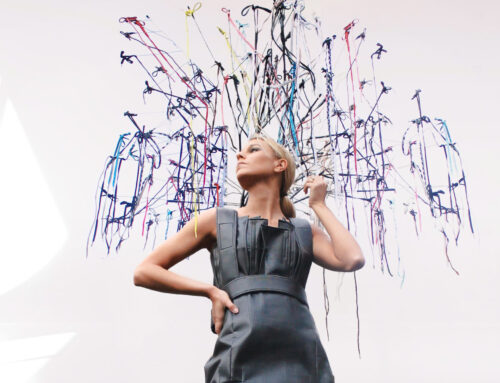Sis Carr is something of an icon in
So when you envision Carr’s home, you might imagine something along the lines of a big yellow palace, with the favored color covering its walls, floors and ceilings. And actually, there is one yellow ceiling.
But for the most part, the color is seen only in accents throughout the French provincial house. There’s a single yellow flower in the foyer, yellow figurines on the mantel, cushions of soft yellow on the sofa and chairs.
Most everything else is dark brown. A nice way to showcase the vibrancy of yellow, possibly. Or maybe a way of saying that if it’s not yellow, there’s really no point in having any color at all.
The primary feel of the place is one of a comfortable family home. There are no marble columns or imposing statues. The furniture actually looks like people sit in it. Yes, a maid answers the door, and she’s wearing yellow scrubs, but that just adds to the relaxed feel of the place.
In fact, the most impressive part of all is what you see outside the living room windows.
A large patio extends from the house, at the edge of which is a fountain and goldfish pond. From there, a winding flagstone path leads into a series of gardens. Carr designed many of them herself; others simply evolved over the years.
One of her favorite areas is the
“Most of the statues like this are angels,” Carr says. “But I found these, which are French provincial, so I had to have them.”
Planted throughout the gardens are countless daffodil bulbs (yellow, of course.) Carr got most of them from Joe Lambert, a prominent landscape architect in the 1950s and 1960s. Lambert, who’s credited with bringing azaleas to
“The bulbs are all over,” she says. “We just have thousands.”
There’s also a variety of figurines along the garden paths. Some are whimsical, offering a hint of Carr’s sense of humor. Others add a feel of comfort and peace. Still others seem to make a philosophical statement.
Along the garden’s center circle are two statues of St. Fiacre, the saint of gardens. The first is a young version of the saint, with a spade in one hand and a Bible (painted yellow) in the other. He’s positioned facing west, looking toward his future. At the opposite end of the circle is an elderly St. Fiacre, facing east as if looking back over his life.
Beyond lies a sea of green canopied by towering trees, giving a view of natural beauty in all directions. There’s a somewhat wild look to the outer grounds, as though left in their natural state because they happened to be lovely. A one-lane bridge spans the creek running through the property, where three generations of children have spent busy hours playing and pretending.
“It’s so funny that they’ve all loved it,” Carr says. “It’s the first place my great grandchildren want to go when they come over.”






